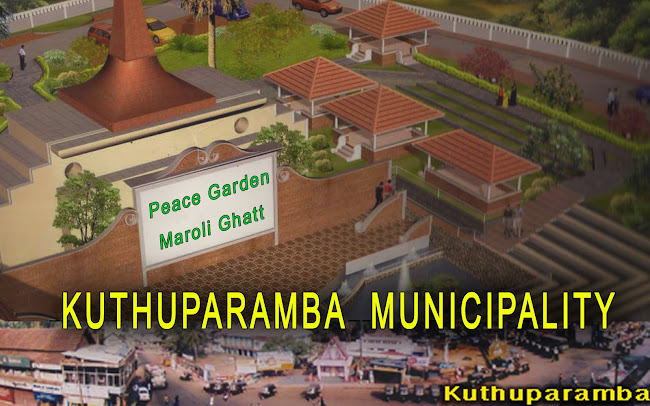Friday, November 25, 2011
Friday, August 28, 2009

KUTHUPARAMBA
KUTHUPARAMBA MUNICIPALITY
Kuthuparamba – A Brief history
History of Kuthuparamba is closely related with Kottayam dynasty. Old Kolathunadu kingdom was an area lying spread between Korappuzha in the south and Kasaragod in the north. A portion of this area was handed over to a kshatriya family. This resulted in the formation of Kottayam dynasty. Kottayam kingdom was spread over the area included in the present parts of Thalassery Taluk, Wynad District, Kannur Taluk and Taliparamba Taluk. Keralavarma Pazhassiraja was the prominent ruler of this dynasty. Due to his bravery and his skill in warship, he was otherwise known as Keralasimham. He was a constant nightmare to the powerful British who feared his guerilla warfare that caused substantial setback to the British army. Kaithery Ambu, a great warrior and Thalakkal Chandu, leader of a strong Kurichiya war group were the powerful support to Pazhassi Raja. Pazhassi Raja was bold enough to fight against the British successively unto the victorious death of this lion in Wayanad on 30th November 1805. The capital of Kottayam dynasty was Kottayam Bazaar, two km. away from present Kuthuparamba town.
Since the British captured Kuthuparamba area, Keralavarma was forced to flee from Patinhare kovilakam (Kottayam Malabar) to Kizhakke Kovilakam (Pazhassi). The area fell under British rule was formed as Kottayam Taluk. This taluk was in existence unto 1956. Due to the geographical features, the British made Kuthuparamba a notable military camp. In order to ensure the availability of milk and clothes to the soldiers, they encouraged the herdsmen and weavers to live around Kuthuparamba town. Gokul Street and Weavers Street are the result of this attempt made by the British Military Force.
Origin of name, Kuthuparamba
Kottayam dynasty had given much importance to the fine arts of kathakali and Koothu. It is believed that the name Kuthuparamba was derived from the words koothu and paramba ( the ground where the koothu was performed). The ground where Koothu was performed every now and then is believed as the plot where the co-operative circle office is situated now.
- Sreedharan C.K.
Can you help me to upgrade the site?
If you have any further details that you believe to be true and useful for the knowledge hunters, please furnish them and send to the following :-
sreepree2008@gmail.com
Subscribe to:
Posts (Atom)

